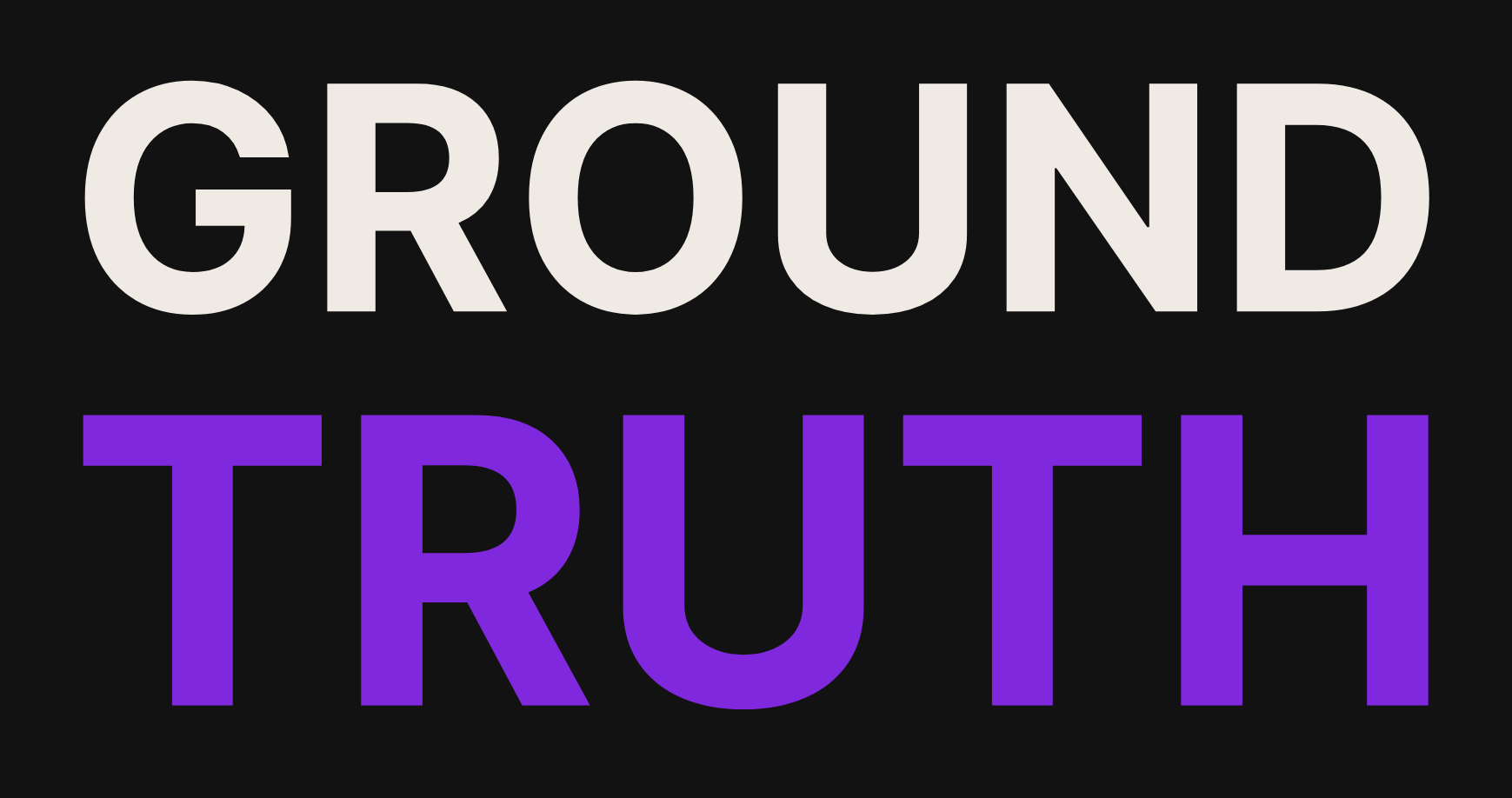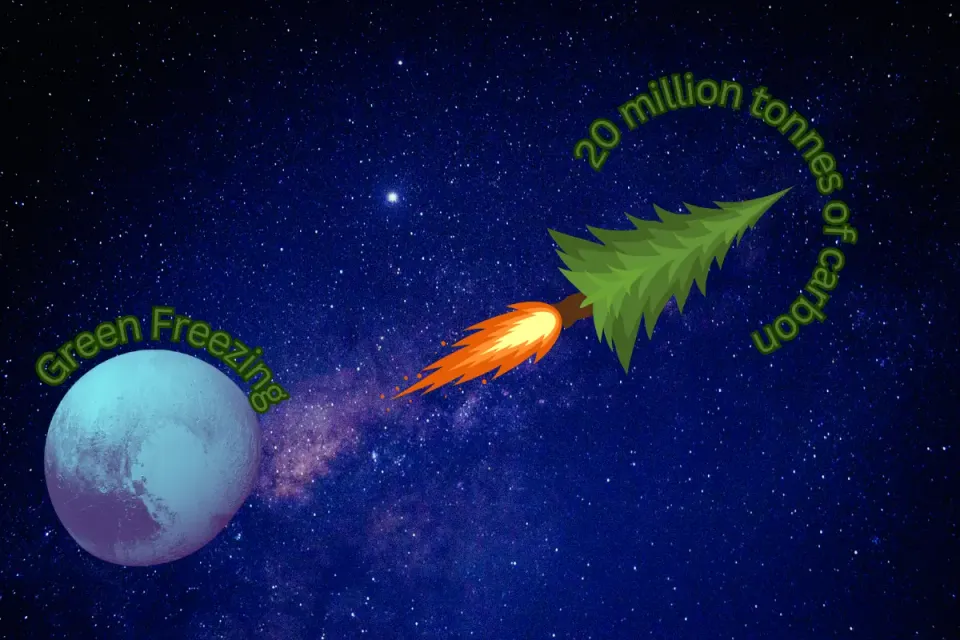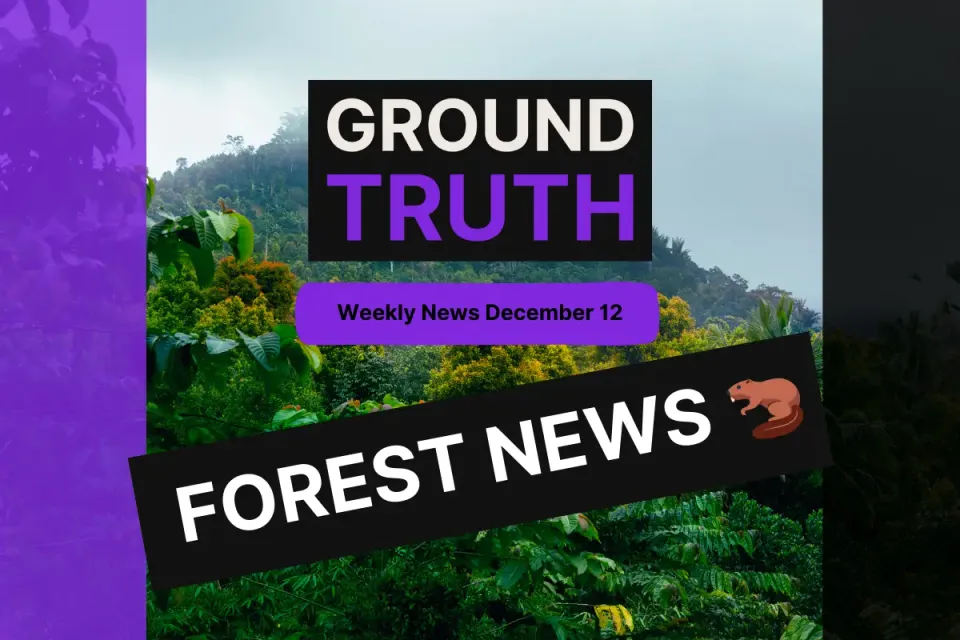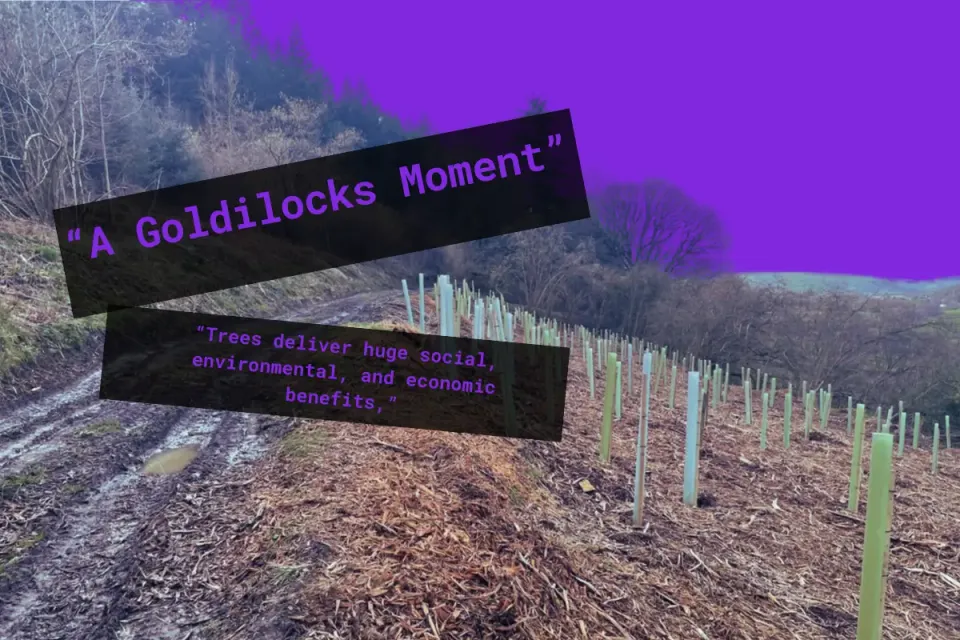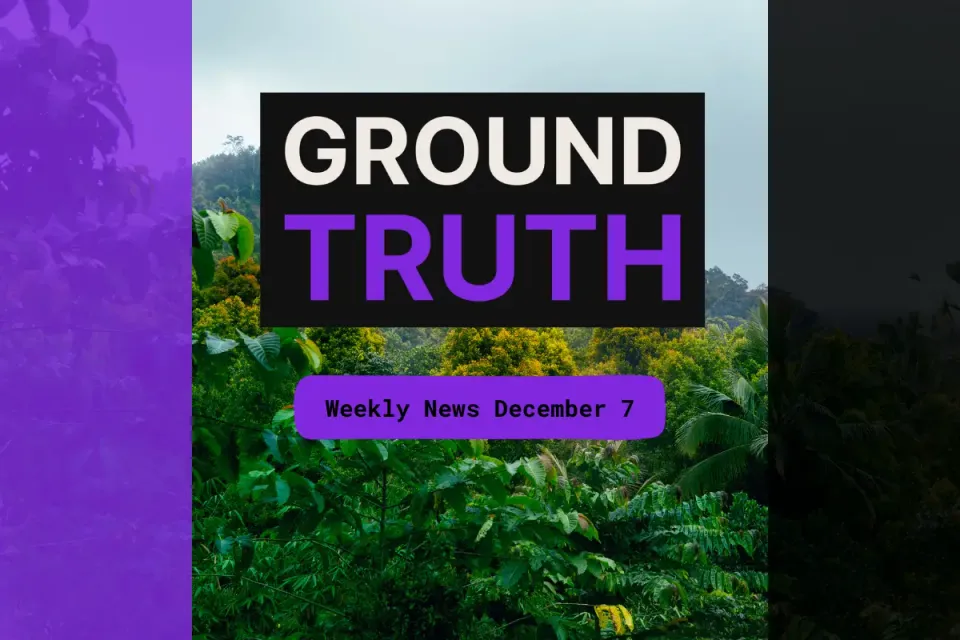Branching Out: How Far We've Grown in the Bonn Challenge 🌳🌎
Without clear data, it’s hard to know if we're truly on track.
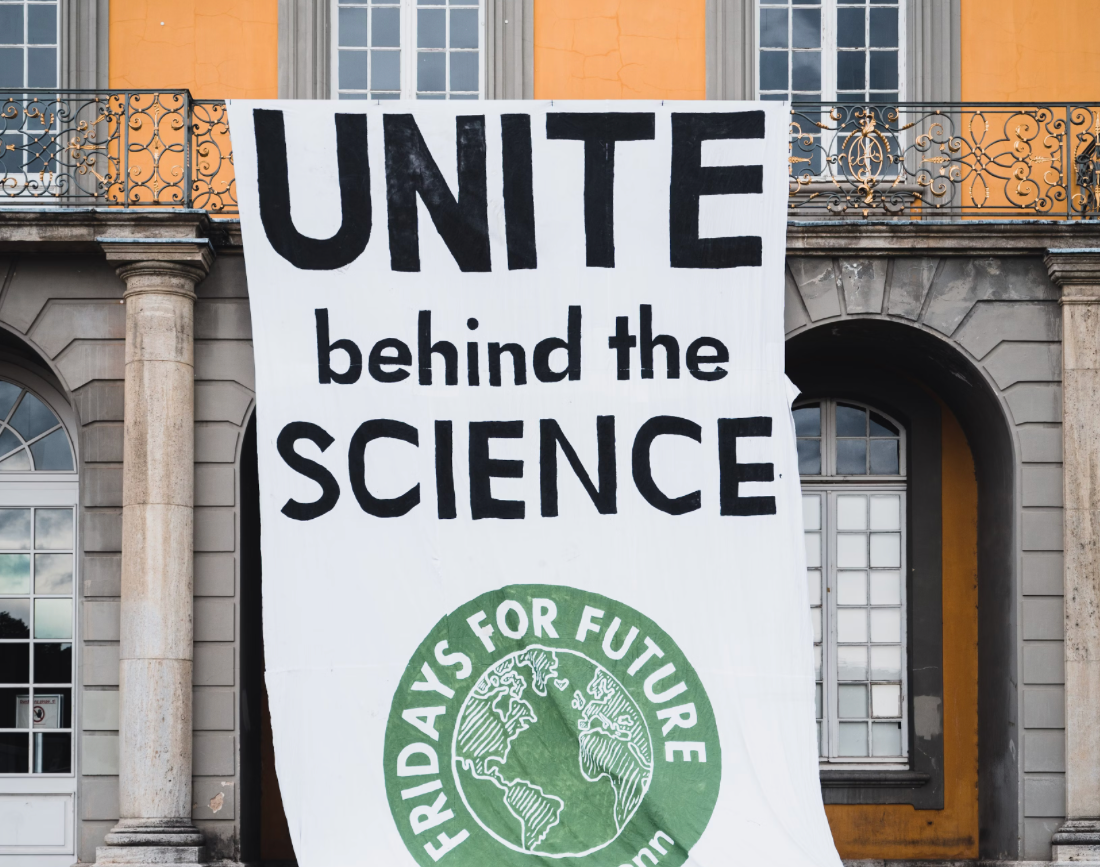
Introduction
The Bonn Challenge is a global initiative that began in 2011, thanks to a partnership between the German government and the International Union for Conservation of Nature (IUCN). Its ambitious goal is to restore 150 million hectares of degraded and deforested landscapes by 2020, and to expand that to 350 million hectares by 2030. The challenge emphasizes forest landscape restoration (FLR)—an approach designed to boost biodiversity, enhance human well-being, and counter climate change by bringing back the productivity and ecological balance of degraded lands. Meeting these targets is critical, not just for the sake of more trees, but for improving climate resilience, protecting biodiversity, and sustaining livelihoods in vulnerable regions.
A Rocky Road to Restoration 🚧
As of 2024, the Bonn Challenge has made considerable progress, but there remains a gap between the promises made and the actual restorations achieved. The aim is to restore 350 million hectares of land by 2030, and so far, pledges from over 60 countries have reached over 210 million hectares. However, translating these commitments into on-the-ground action has been inconsistent, with the total area actually restored varying significantly from country to country.
While some nations have made real progress, even surpassing their targets, comprehensive global data on how much land has truly been restored remains difficult to pinpoint.
For example, Peru, though falling short of its reclamation targets, has been transparent about its progress.
In contrast, Canada’s restoration figures are notably absent from the official barometer, making it seem as though no land there has been reclaimed—an unlikely scenario. Canada has, in fact, planted or planned the planting of 553 million trees as part of a federal program, but the absence of centralized tracking of commitment progress makes it challenging to assess their true progress.
Keeping Score in the Restoration Game 🏅
Without proper tracking, it’s difficult to gauge how close we are to addressing the urgent challenges posed by land degradation and climate change. Canada’s efforts, for instance, might be significant, but without a way to verify the extent of restoration, the broader picture remains unclear.
This lack of transparency is more than just an issue of recognition; it has serious implications for assessing whether global restoration efforts are sufficient to mitigate the worst effects of environmental decline.
Without clear data, it’s hard to know if we're truly on track.
Conclusion: Time to Get Serious (and Fun!) About Tracking 📊
To effectively track the progress of restoration efforts, we need better data. While organizations like Restor.Eco and Explorer.land do a great job of showcasing individual projects using geospatial visualizations, there is no central system that provides a complete overview. A unified approach could make all the difference.
The Global Landscapes Forum estimates that achieving the Bonn Challenge’s 2030 goals will require around $200 billion in investments.
But convincing investors to contribute is challenging if we can’t clearly show what is being accomplished with their funding. Having a centralized and transparent system for tracking restoration progress would be a step toward making these investments more attractive and ensuring that we’re all playing on the same field.
Check out the progress of the countries that have actually tracked their results on the IUCN’s interactive barometer.
